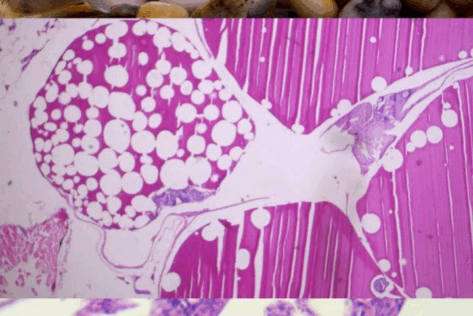heading

Since February 24, 2022, Ukraine has been experiencing large-scale military operations that have led to the destruction of infrastructure and significant environmental pollution, including water bodies, with toxic compounds, especially heavy metals. Heavy metals are capable of bioaccumulation, do not dissolve or decompose in water. Pollution with them affects the physiological and morphological parameters of fish, which worsens their quality as a food product and poses a threat to public health. The purpose of the study was to investigate the long-term effect of copper at a background concentration on the protective mechanisms of fish
As an innovative approach to reducing heavy metal pollution, we propose the creation of a constructed wetland, an engineered shallow coastal zone that combines natural and artificial components to improve the filtration and accumulation of heavy metals.
This is how I came up with the idea for this project:Once a shell hit a water body in my native region, and it made me think about the consequences: how it would affect the ecosystem and its further development?
Will heavy metals really reduce the number of fish?The effect of chronic copper exposure (20 μg/L), recorded in militarized water bodies of Ukraine, was studied on fish (Poecilia reticulata). Malondialdehyde content in the liver, gills, and muscles increased significantly, and glutathione-S-transferase (GST) enzymatic activity was suppressed. Oxidative stress caused fatty hepatosis, gill lamellae destruction, and structural changes in fish eggs. Chronic copper intoxication poses a potential threat to fish resources.

Documentation
Exposure of toxic contamination of water with copper on protective metabolic systems within fish organisms The model experiment investigated the effect of copper pollution of the aquatic environment (0.02 mg/dm³) on fish, which is observed in Ukraine in the territory of active hostilities and in other countries. It was found that under the influence of chronic copper intoxication in fish, the content of malondialdehyde (MDA) significantly increased and the activity of glutathione S-transferase in tissues decreased, indicating a violation of the antioxidant defense system. Under the influence of copper, structural disorders were observed in the liver (fatty hepatosis), gills (destruction of gill lamellae) and fish eggs (yolk stratification and fatty degeneration). The detected pathologies in the fish body can negatively affect their growth and reproductive function, cause a decrease in fish stocks and deteriorate the quality of fish as an important food product for the population. In our opinion, a practical solution to the problem of cleaning water bodies from heavy metal pollution, including copper, is to create constructed wetland from components that can absorb and accumulate heavy metals, followed by their removal from water bodies and utilization of these biocomponents.

